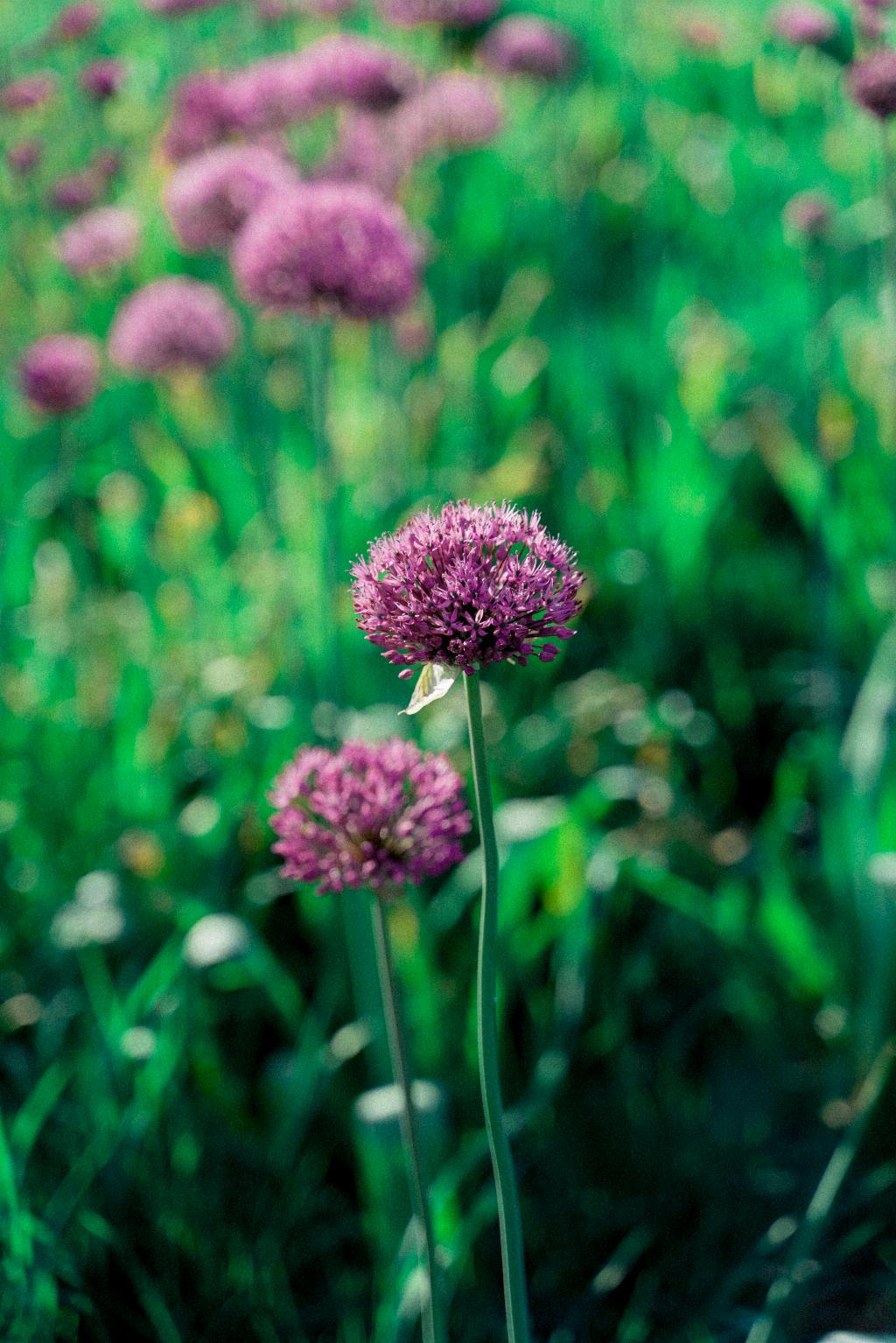Allium bulbs are versatile flowering bulbs that can add beauty and elegance to any garden landscape. With their unique spherical blooms and a variety of colors, alliums are a favorite among gardeners looking to add interest to their outdoor space. Planting allium bulbs is a relatively simple process that can yield stunning results when done correctly.
Benefits of Planting Allium Bulbs
Planting allium bulbs offers a range of benefits for gardeners. These bulbs are low-maintenance and come back year after year, making them a cost-effective and sustainable option for adding color to your garden. Alliums are also deer-resistant, which can be a major advantage for those dealing with wildlife in their garden. Additionally, these bulbs attract pollinators like bees and butterflies, promoting biodiversity in your outdoor space.
Choosing the Right Location for Planting Allium Bulbs
When selecting a location to plant your allium bulbs, look for a spot that receives full sunlight and has well-drained soil. Alliums thrive in sunny locations and can struggle in areas with excessive moisture. Consider planting them in a flower bed, rock garden, or border where they can receive adequate sunlight and drainage.
Preparing the Soil for Planting Allium Bulbs
Before planting your allium bulbs, ensure that the soil is well-prepared. Alliums prefer soil that is rich in organic matter and well-drained. You can improve soil drainage by adding compost or perlite to the planting area. Mix the amendments into the soil to create a loose, fertile bed for your bulbs.
Steps to Planting Allium Bulbs
To plant allium bulbs, dig a hole that is two to three times the diameter of the bulb, and place the bulb in the hole with the pointed end facing up. Space the bulbs about 12 inches apart to allow for proper growth. Cover the bulbs with soil and water thoroughly to help them establish roots. Allium bulbs should be planted in the fall for blooms in late spring or early summer.
Maintaining Allium Bulbs After Planting
After planting your allium bulbs, continue to water them regularly until the ground freezes to help them establish roots. Once the plants begin to bloom, deadhead the spent flowers to encourage new growth and prolong the flowering period. Allium bulbs are generally low-maintenance but benefit from a light application of fertilizer in the spring to support healthy growth.
Common Issues and Troubleshooting Tips for Allium Bulbs
If you encounter issues with your allium bulbs, such as floppy stems or lack of blooms, consider providing support for taller varieties with stakes or rings. To prevent disease, avoid overhead watering, which can lead to fungal issues. If pests like aphids are a problem, you can use insecticidal soap to deter them from your plants.

Conclusion and Final Tips
Planting allium bulbs can be a rewarding experience that adds visual interest and vibrancy to your garden. By following the steps outlined above and providing proper care to your alliums, you can enjoy beautiful blooms year after year. Remember to choose a sunny location, prepare the soil adequately, and space the bulbs appropriately for the best results. With a little effort, you can create a stunning display of alliums that will enhance your outdoor space.
